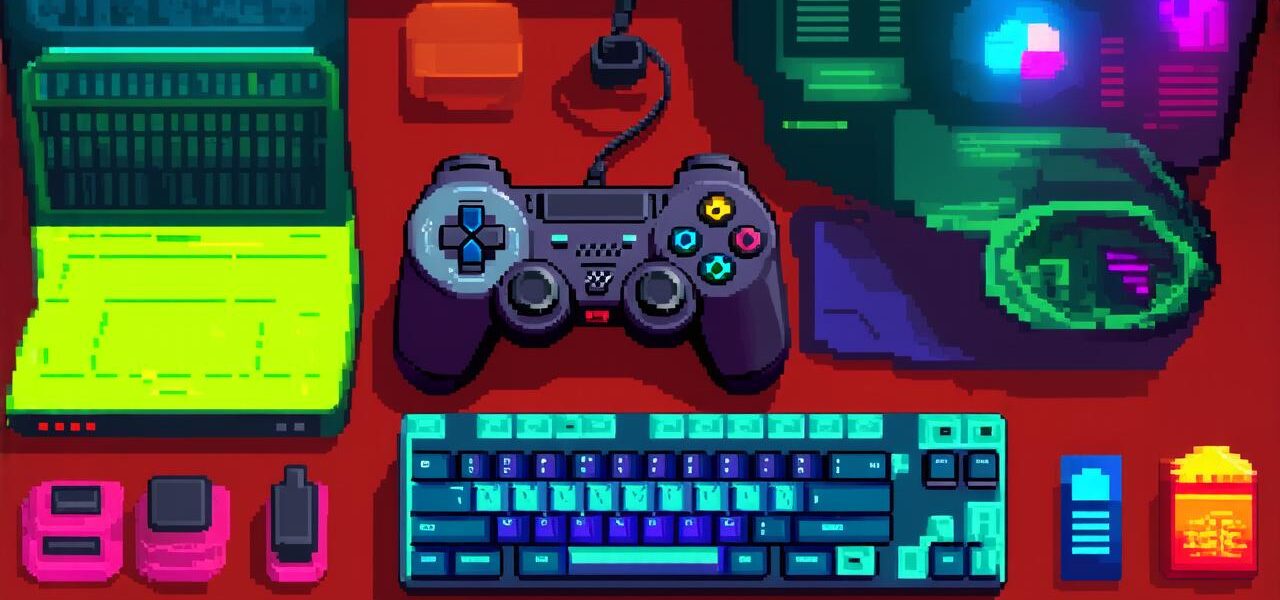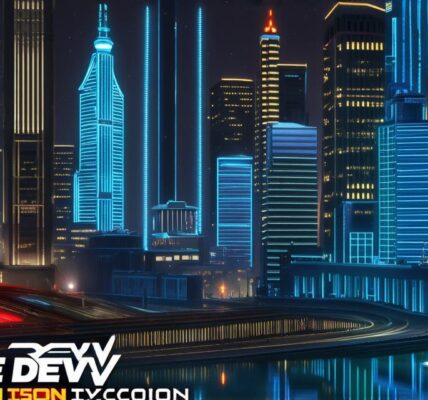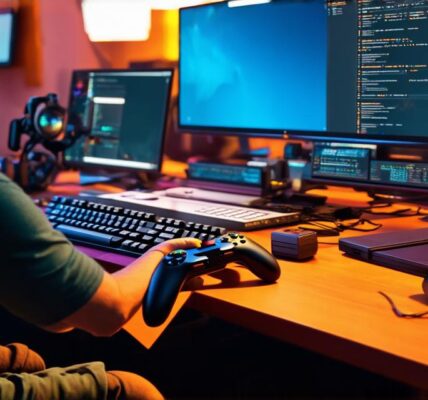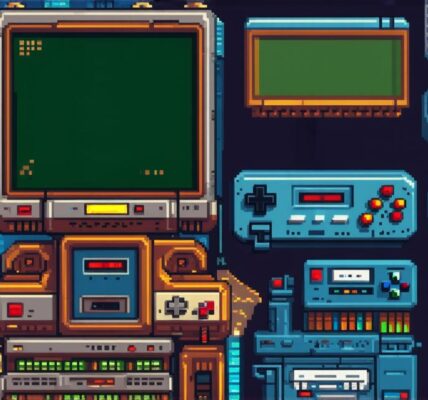Introduction:
The world of video game development is vast and exciting, filled with endless possibilities for creativity and innovation. Whether you’re a seasoned programmer or a beginner looking to break into the industry, starting your own video game can be an incredibly rewarding experience. In this article, we will guide you through the steps necessary to create your own video game from scratch. We’ll cover everything from pre-production planning to post-production polishing, and provide real-life examples to illustrate each stage of the process. By the end of this article, you’ll have a solid understanding of how to start making your own video game.
1. Pre-Production Planning:
The first step in creating any successful video game is pre-production planning. This involves brainstorming ideas, conducting research, and developing a clear concept for your game. To start, you’ll need to decide on the type of game you want to create. There are many different types of games to choose from, including action, adventure, strategy, role-playing, and simulation games, just to name a few. Once you have a general idea of what type of game you want to make, it’s time to start fleshing out the details.
One important aspect of pre-production planning is conducting market research. This involves analyzing the current gaming landscape to see what types of games are popular and what players are looking for in a new game. You can conduct this research by reading online forums, participating in gaming communities, and talking to other developers. By understanding your target audience and what they want from a game, you’ll be better equipped to create something that will resonate with them.

Another crucial aspect of pre-production planning is creating a detailed game design document (GDD). This is essentially a blueprint for your game that outlines the overall concept, mechanics, characters, levels, and other key elements. The GDD serves as a roadmap for the entire development process and helps ensure that everyone involved in the project is on the same page.
2. Game Development:
Once you’ve completed your pre-production planning, it’s time to start the actual game development process. This can be broken down into several different stages, including programming, art, sound, and testing.
Programming is the backbone of any video game, and involves writing code to create the game’s mechanics, AI, user interface, and other key features. There are many different programming languages and tools available for game development, depending on the type of game you’re creating. For example, if you’re building a 2D platformer, you might use Unity or Construct 3, while if you’re developing a first-person shooter, you might use Unreal Engine or Source 2.
Art is another critical component of game development, and involves creating the visual elements of the game, such as characters, backgrounds, and special effects. Depending on the complexity of your game, you may need to hire artists or use assets from pre-made packs. There are many different tools and software available for creating game art, including Photoshop, Illustrator, Blender, and 3DS Max.
Sound is also an important aspect of game development, and involves creating the audio elements of the game, such as music, sound effects, and voice acting. You can create your own sound effects using tools like Audacity or GarageBand, or hire professional sound designers to help you out.
Finally, testing is a crucial stage of the game development process. This involves playing the game repeatedly to identify and fix bugs, improve performance, and ensure that the game is fun and engaging for players. There are many different types of testing that can be done, including playtesting, usability testing, and stress testing.
3. Post-Production:
The final stage of creating a video game is post-production. This involves polishing the game, adding any finishing touches, and preparing it for release. This can include optimizing performance, fixing any remaining bugs, and ensuring that the game runs smoothly on different platforms. It’s also important to create marketing materials, such as trailers, screenshots, and descriptions, to help promote your game and attract players.




